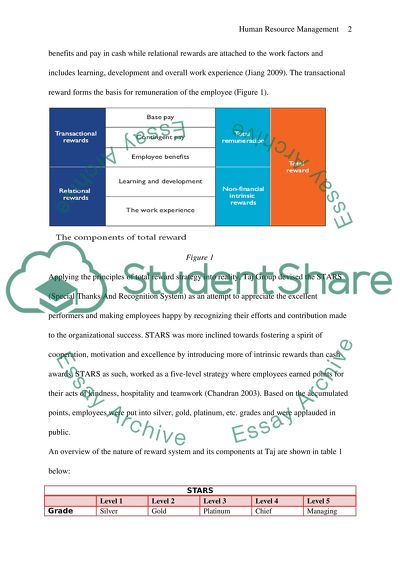Cite this document
(“Human Resource Managment Essay Example | Topics and Well Written Essays - 2000 words - 1”, n.d.)
Retrieved from https://studentshare.org/human-resources/1410937-human-resource-managment
Retrieved from https://studentshare.org/human-resources/1410937-human-resource-managment
(Human Resource Managment Essay Example | Topics and Well Written Essays - 2000 Words - 1)
https://studentshare.org/human-resources/1410937-human-resource-managment.
https://studentshare.org/human-resources/1410937-human-resource-managment.
“Human Resource Managment Essay Example | Topics and Well Written Essays - 2000 Words - 1”, n.d. https://studentshare.org/human-resources/1410937-human-resource-managment.


